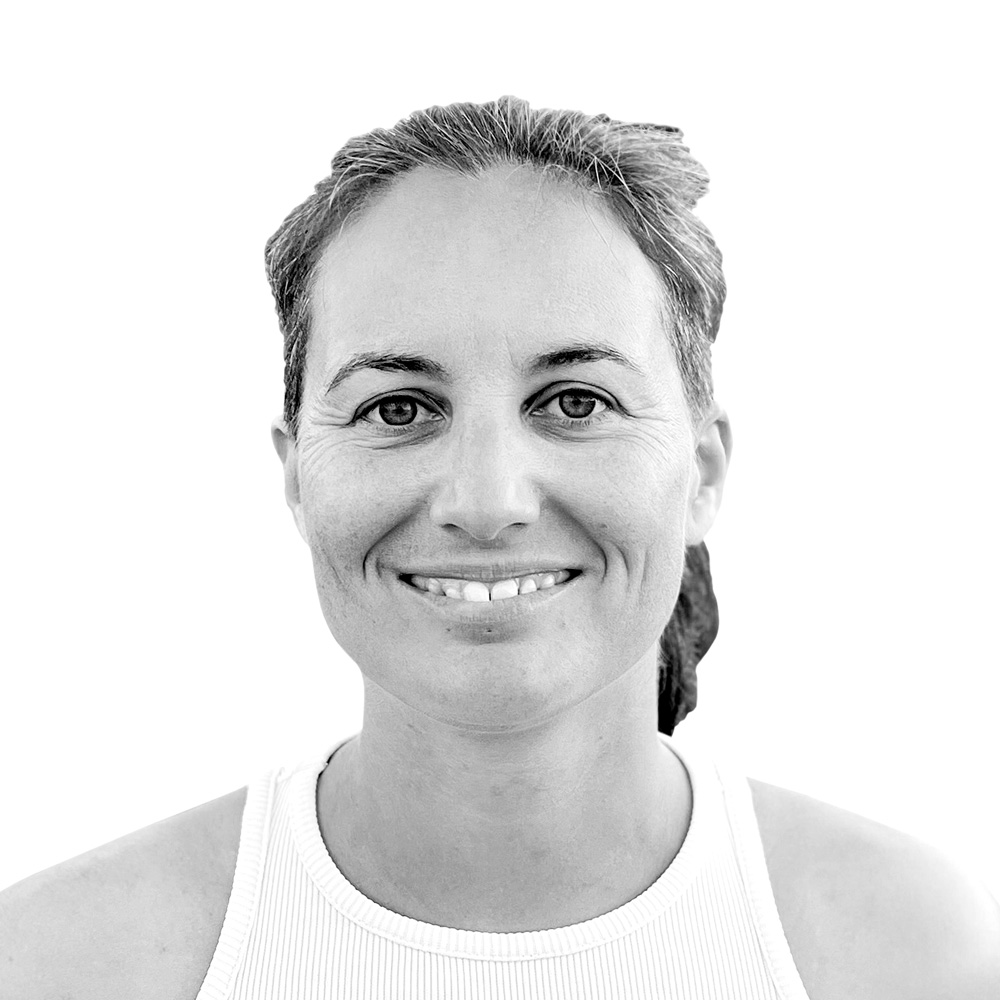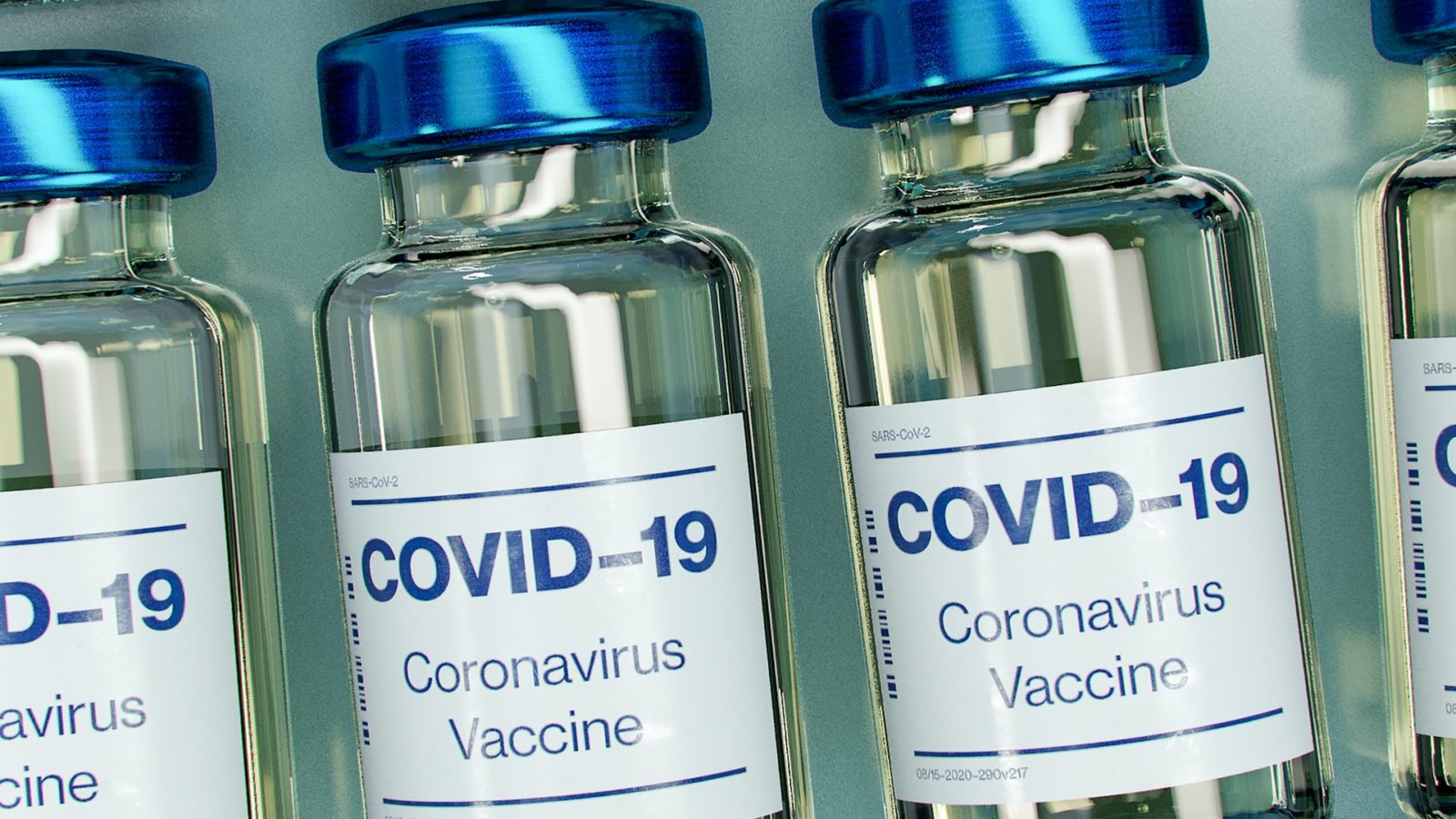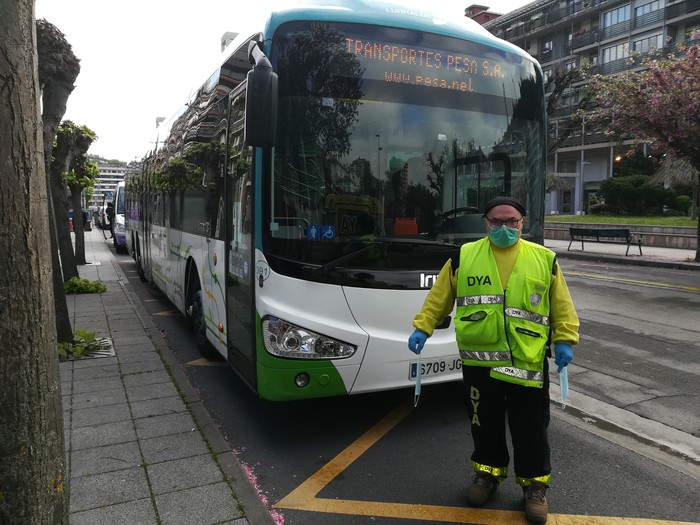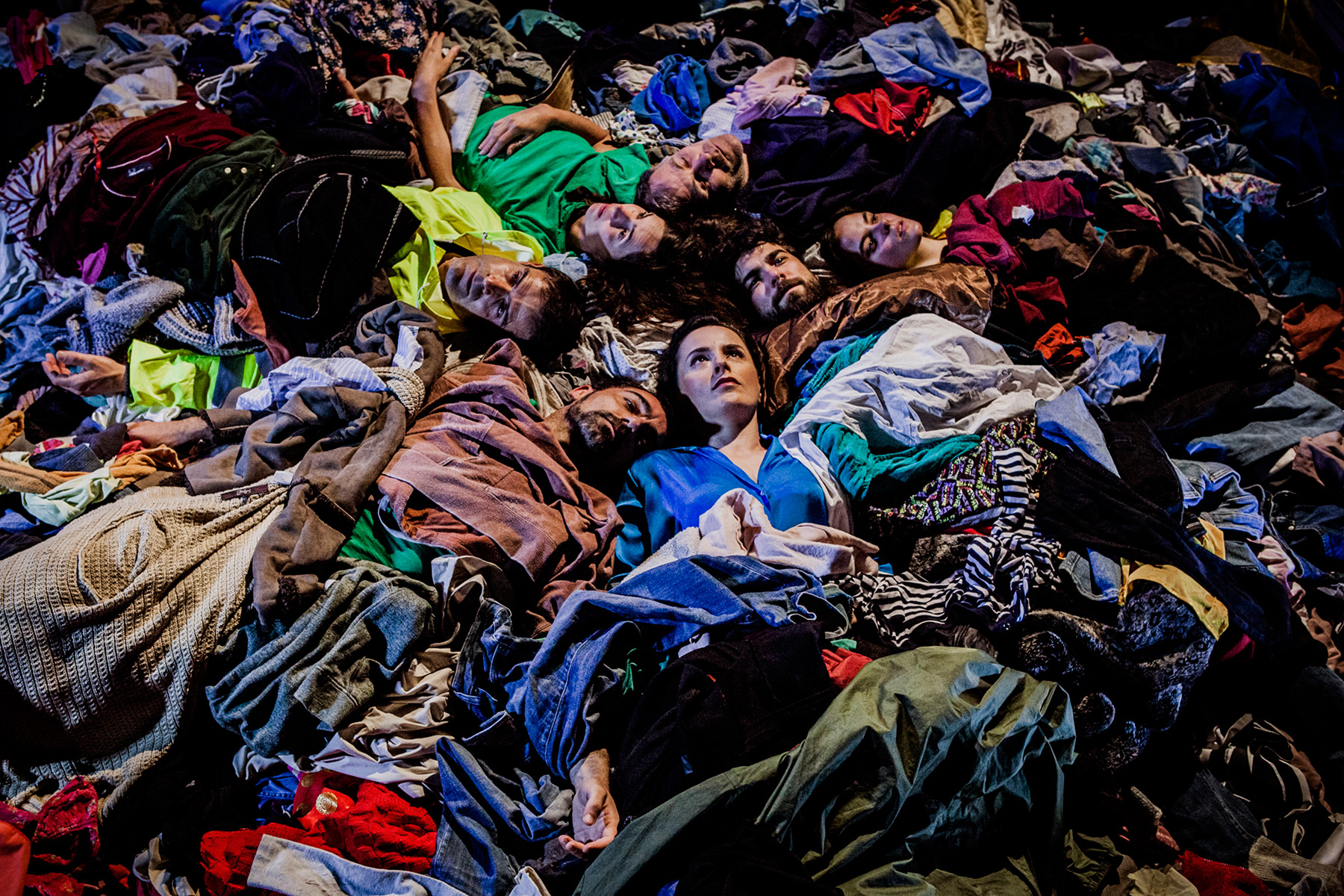Result of containment: Prevention does not give prestige
- When the threat of the COVID-19 epidemic arose, infectious disease epidemiologists began building mathematical models to predict how it would develop. They had to work with low-quality data, especially with those from China and then with those from Italy. The main parameters were the R replication rate of the disease and the percentage of severe cases. Using the available numbers, it was expected that the large increase in serious cases would put the health care system in its entirety at risk.

The next step was to look at the non-pharmaceutical instruments that would help bring down these summits of cases. Some of them were more controversial than others. Closing cinemas and bars can be a little uncomfortable, but it can take place without major protests. The suspension of street traffic or the closure of schools is more controversial, as they have much more serious consequences for public and personal life.
We have little experience in such measures. Makers of mathematical models do not know to what extent each of these cuts will contribute to a decrease in the peak of cases. They make estimates of these parameters. Until last month it was not clear whether children could become infected or were contaminants. Proposing the closure of schools without knowing it is quite difficult.
Clinical epidemiologists work with concrete data provided by random experiments and often criticize the creators of mathematical models. They don't really like the assumptions used in modelling and they ask for more solid data. One of them is John Ioannidis, a professor at Stanford, who conducted antibody research in Santa Clara. In part, he is right. All mathematical models are equated, but some are useful. A recently explained piece in the Boston Review has analyzed the differences between the two tribes of epidemiologists. He concludes that we need both.
When politicians take action, they're only based to a certain extent on the modelers' predictions. They have to take account of economic results and other security problems, as well as public opinion. In many Western countries, sufficient austerity measures have been taken. They have worked well in some of them. Germany barely suffers "too much death" from COVID-19. Other countries, such as Britain, have moved too late or not enough, and that is why they have to pay the price.
As the plague recovers a little, many criticisms have been heard in Germany about the confinement. "The models were wrong," some say. "The closure measures were not necessary," the spokesman for the Basque Government said. Then there are the calls for most of the cuts to be abolished immediately.
"Prevention has no prestige" ["There is no glory preventin"], is the disappointing part of an epidemiologist's life. If the work is done too well, everyone will stick to it.
A month ago, Max Abrams pointed out what was about to happen:
1- The models estimate the number of people who will distance themselves from each other ['social distance'].
2- From these estimates the number of virus cases is announced.
3- More people are moving away from the estimates.
4- The model calculated virus cases by default.
5- The imbeciles say that the models are wrong, so we should not move away from each other.
Others talk about Sweden, saying that letting the plague 'burn' without too much intervention was better than going to the jars. But the tests don't say that. The numbers show a very different picture.
Coronavirus mortality in Sweden (Worldometers service on May 3):
Sweden Total cases: 22,317 / Cases/1million: 2,210 / Deaths: 2,679 / Cured: 1,005
Denmark Cases: 9,523 / Cases/1 million: 1,644 / Deaths: 484 / Curates: 6,987
Norway Cases: 7,809 / Cases/1 million: 1,440 / Deaths: 211 / Curates: 32
Sweden has had the same problems as other countries with the health system. It has had to rationalize the beds of the Intensive Care Units, denying them to people over one age. Sweden’s economy has been hit as hard as others:
The impact of the fight against viruses on the Swedish economy has been impressive [devastating]. Many small businesses have collapsed. All industries, except the fundamental ones, were closed almost immediately and many go bankrupt. People have been told not to make any journeys that are not strictly necessary. Almost all air travel has been cancelled. Unemployment figures soar. Opposition parties have agreed that the government countermeasures have been too few and have come too late.
(...)
Contrary to the impression that has spread in the American media, the way in which Sweden managed the pandemic has not been "serene", but the same as other Western countries. This country of 10 million people has been as concerned as others about the pandemic. It remains to be seen whether its management has been so effective. In the end, if there is anything to do, Sweden has been special in the face of the lack of preparedness it has had for a pandemic, especially in protecting its old and, above all, the new foreigners.
In Sweden, despite the fact that everyone has not been asked for absolute confinement, people have done so on their own, largely out of fear.
A comment by Richard England here (May 6, 2020, at 03:40 a.m.) describes this effect as:
There are two types of confinement, confinement by order and confinement by fear (or, for example, self-salvation). The importance of lockdown for fear explains why Sweden has not done so badly as one could expect. Both forms of blockade are destructive to the economy. It is a lockdown in order or too slow or too incomplete to function very differently from the lockdown for fear, and both are enough to bring down a weak economy. Fear is blurred and economic life begins faster where the disease has essentially disappeared.
The effect is also captured in this graph by the Robert KOCH Institute of Germany. It shows the R replication factor of the epidemic in Germany and the times when official closure measures were taken:
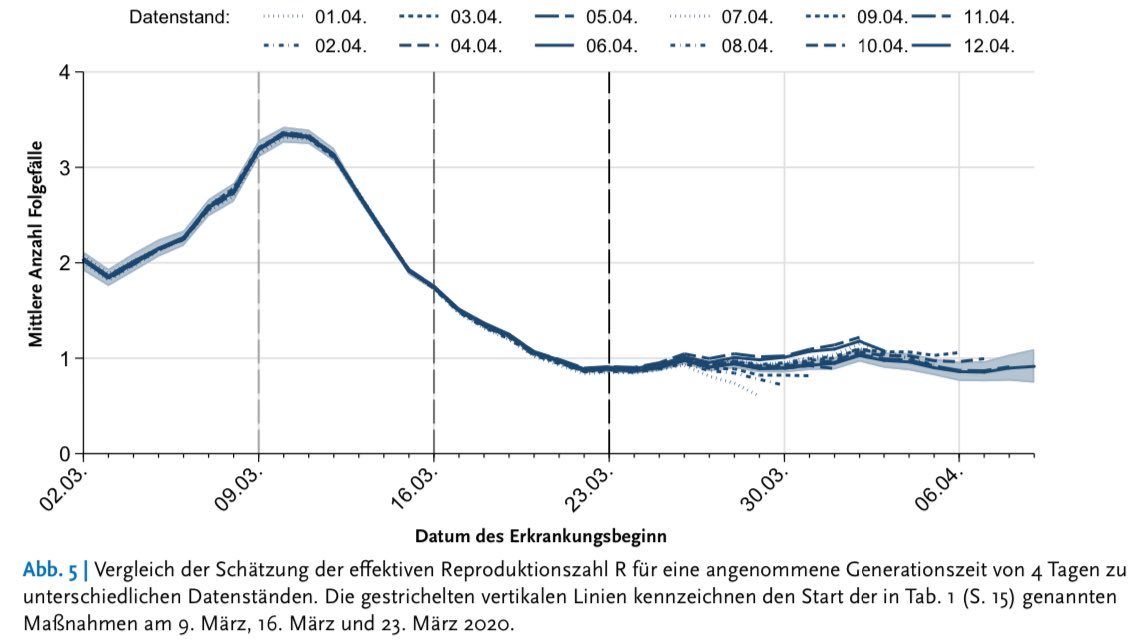
In Germany, the disease replication factor was reduced by mid-March, when the strictest measures were adopted. R was below 1, even before 23 March, before the government ordered the closure.
When the animals in the group feel that a pest is occurring within the group, they separate. Humans act similarly.
The simplest reason is that people were listening to the news and watching television. The images and death numbers disseminated from Italy at the end of February were fairly crude. When the animals in the group feel that a pest is occurring within the group, they separate. Human beings behave similarly. As in Sweden, a lot of people in Germany went into lockdown and practiced social distancing, even before someone ordered it.
Some say that the Robert KOCH Institute graph shows that the containment measures were not necessary. They're wrong. Data were not known when measures were taken. The first simulation shown in the graph was carried out on April 1. By the end of March, R seemed to exceed 1 again, which meant that the epidemic was spreading again. Only the blockade measures adopted on 23 March caused the R to drop slightly from 1, causing a slow decline in new daily cases.
Germany is now slowly emerging from its lockdown. The United States is also doing so, but very soon when it comes to the development of the epidemic. There are economic reasons for doing so, but premature lifting of the blockade measures will cost the United States the death of many people.
Fear will help to reject this rushed political decision. The news will continue to show new massive outbreaks of the disease in this or that region of the country. Fear will therefore also continue and people will continue to move away from each other. It's hard to figure out how much it helps stop the epidemic.
Now it seems that summer will mitigate the overflow of bad news. A study published in the journal Science of The Total Environment collects data from 166 countries:
The increase in temperature has been associated with a reduction of 1°C with a reduction of 3.08% in new daily cases and 1.19% in new deaths; a 1% increase in relative humidity has been associated with a reduction of 0.85% in new daily cases and 0.51% in new deaths. These findings show that the COVID-19 pandemic can be partially eliminated with increases in temperature and humidity. However, active measures should be taken to control the source of infection, block transmission and prevent further spread of COVID-19.
Hot and wet summer is likely to reduce the number of new COVID-19 cases. But after the summer comes fall and then winter, and it would be normal for the disease to rise to a new peak at that time. Fear will return, social distances will be practised again and economic damage will grow even more.
We had the opportunity to do things differently. China gave us time to take the appropriate action. There, like Hong Kong, Vietnam, South Korea and New Zealand, they have almost eradicated the disease on their territory. There they have taken advantage of us, difficult to overcome for us.
The Moon of Alabama blog, edited by one of Billmon’s signatories, is one of the world’s leading references in the monitoring of geopolitics and major international issues in general. The monitoring of the COVID-19 coronavirus is also being carried out from the start, always using high guarantee sources. This article published in ARGIA was published on May 6 with the following title: “There Is No Glory in Prevention”
The pandemic has revealed, in all its crudeness, the consequences of the neoliberal model of care for the elderly, children and the dependent population. Now is the time to consolidate the critical discourses and community alternatives that flourished during the lockdown.”... [+]








